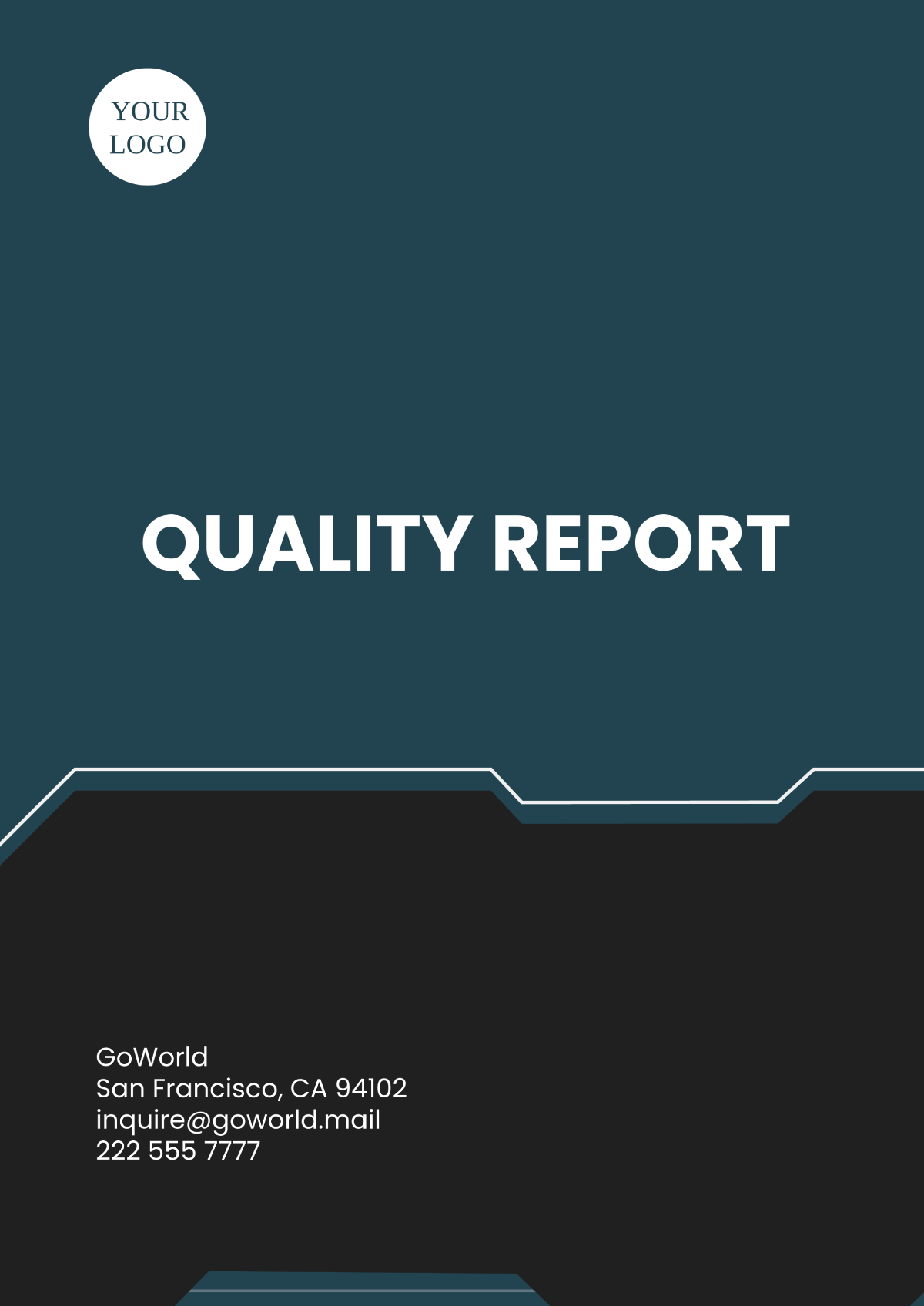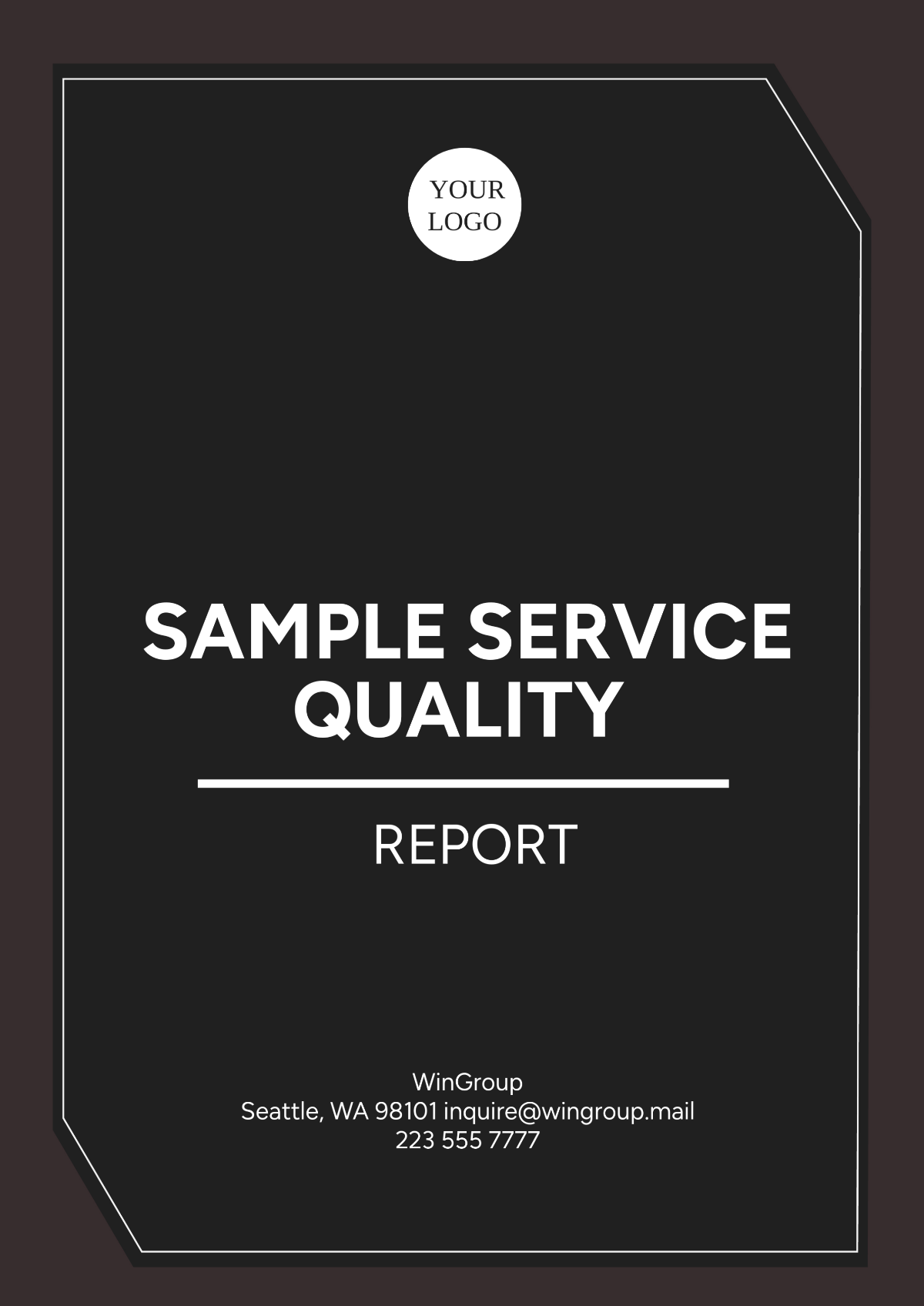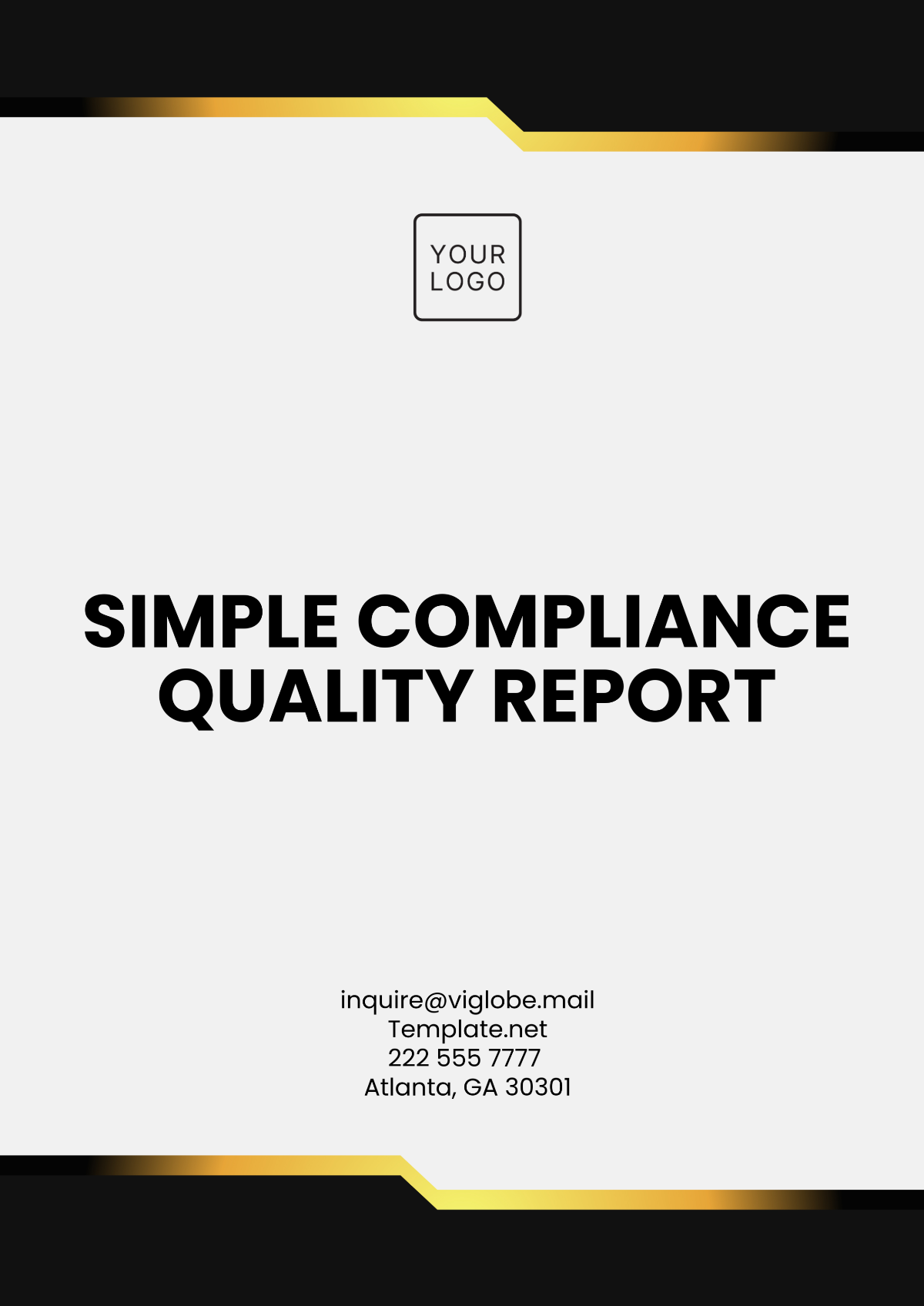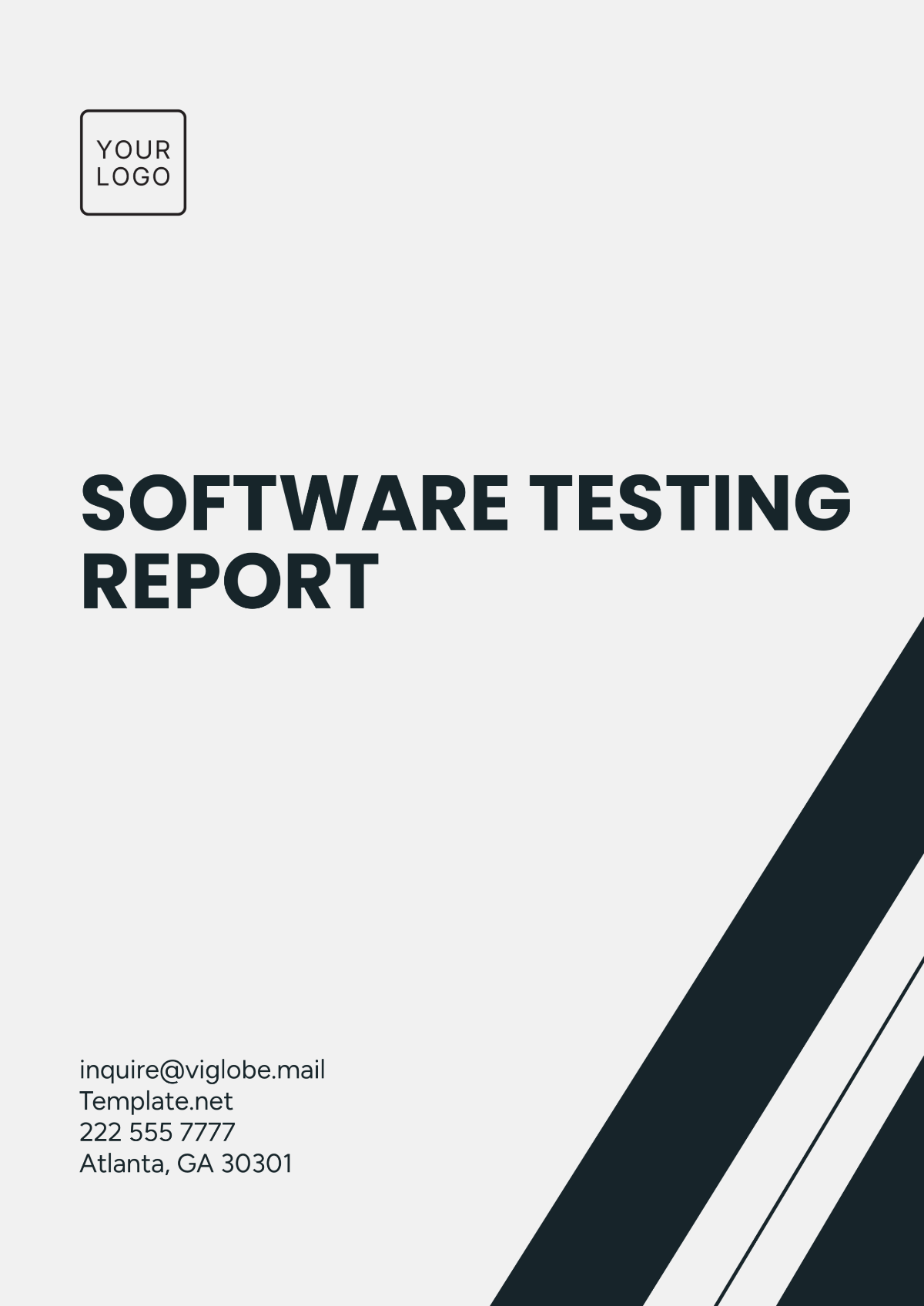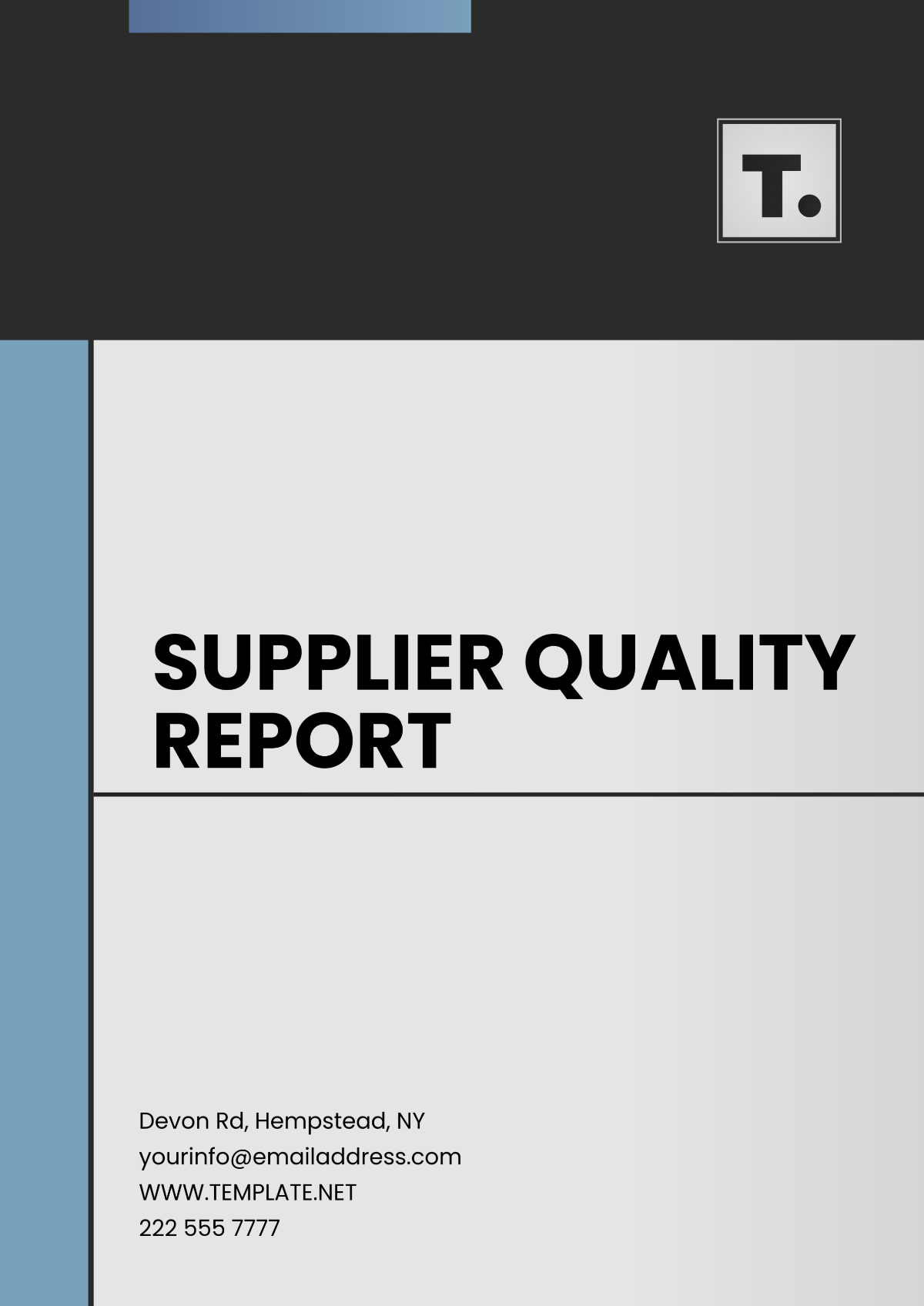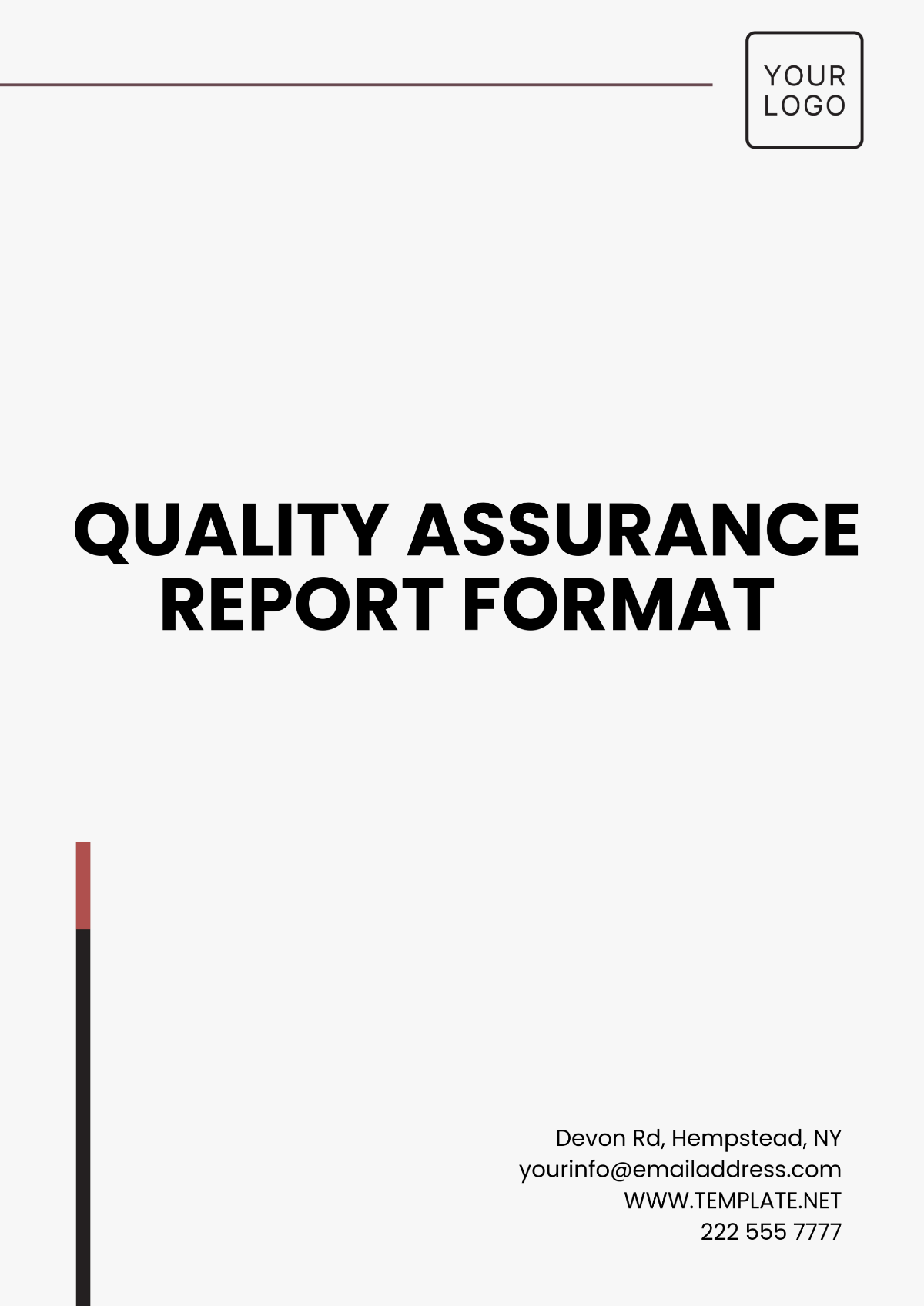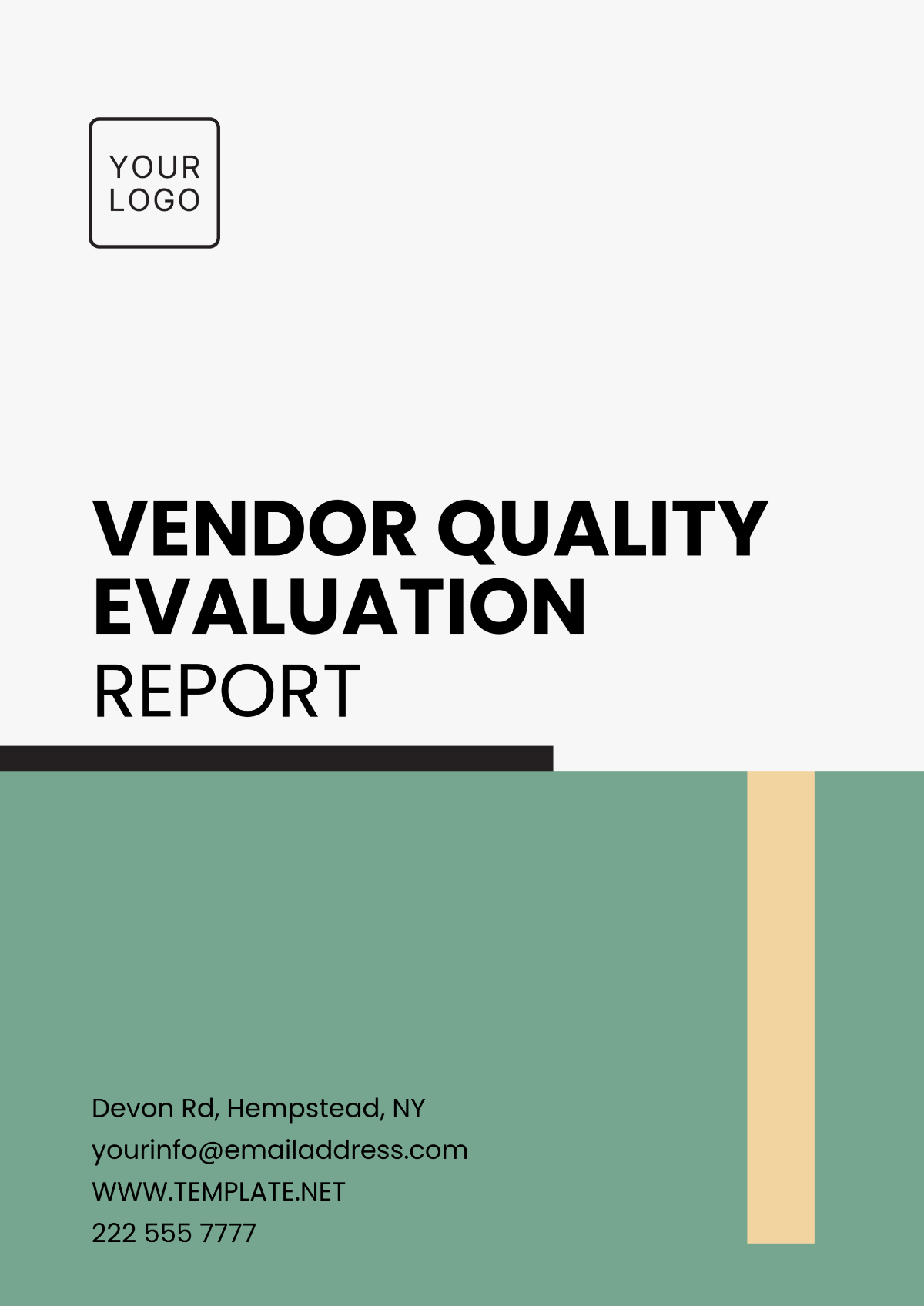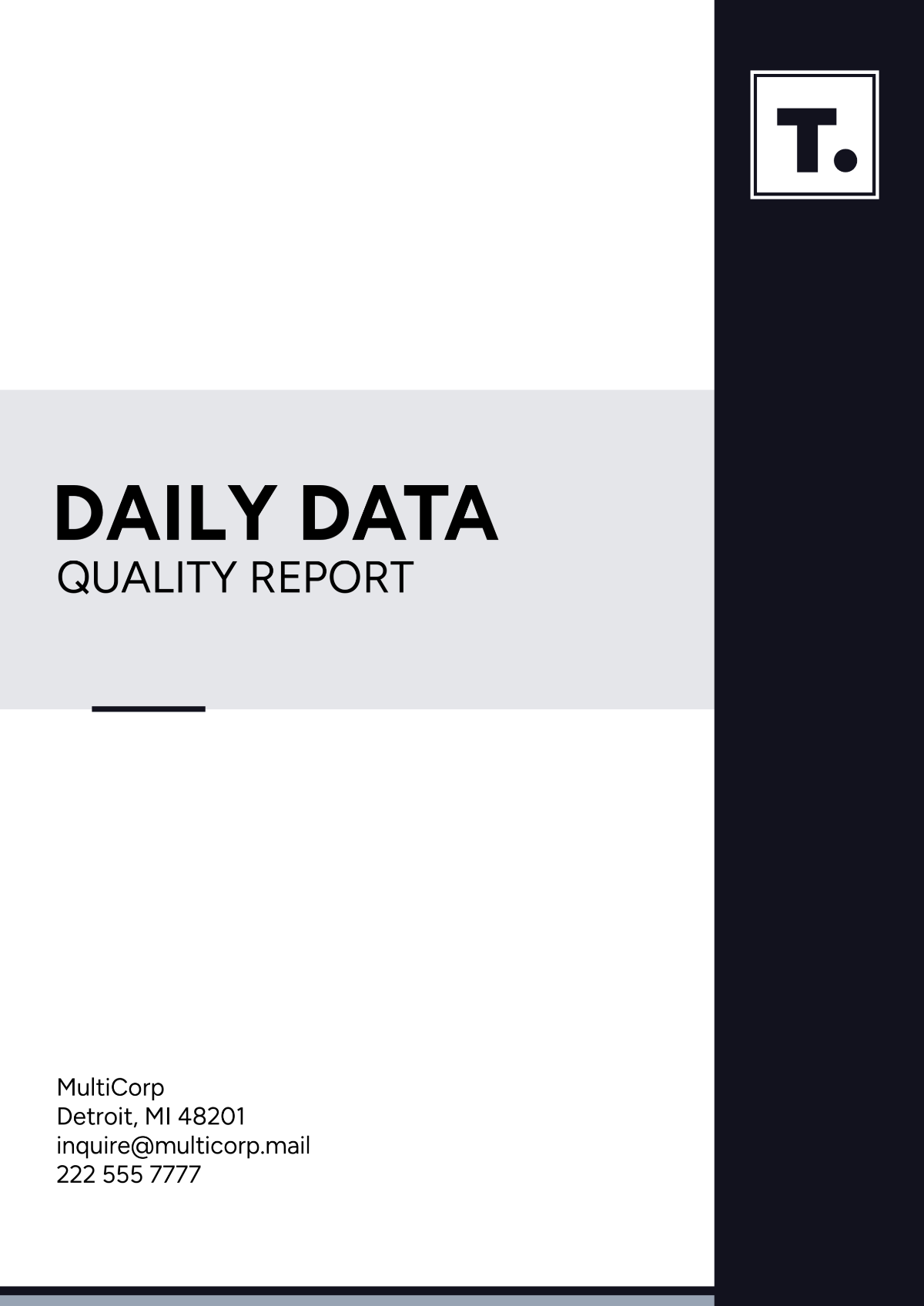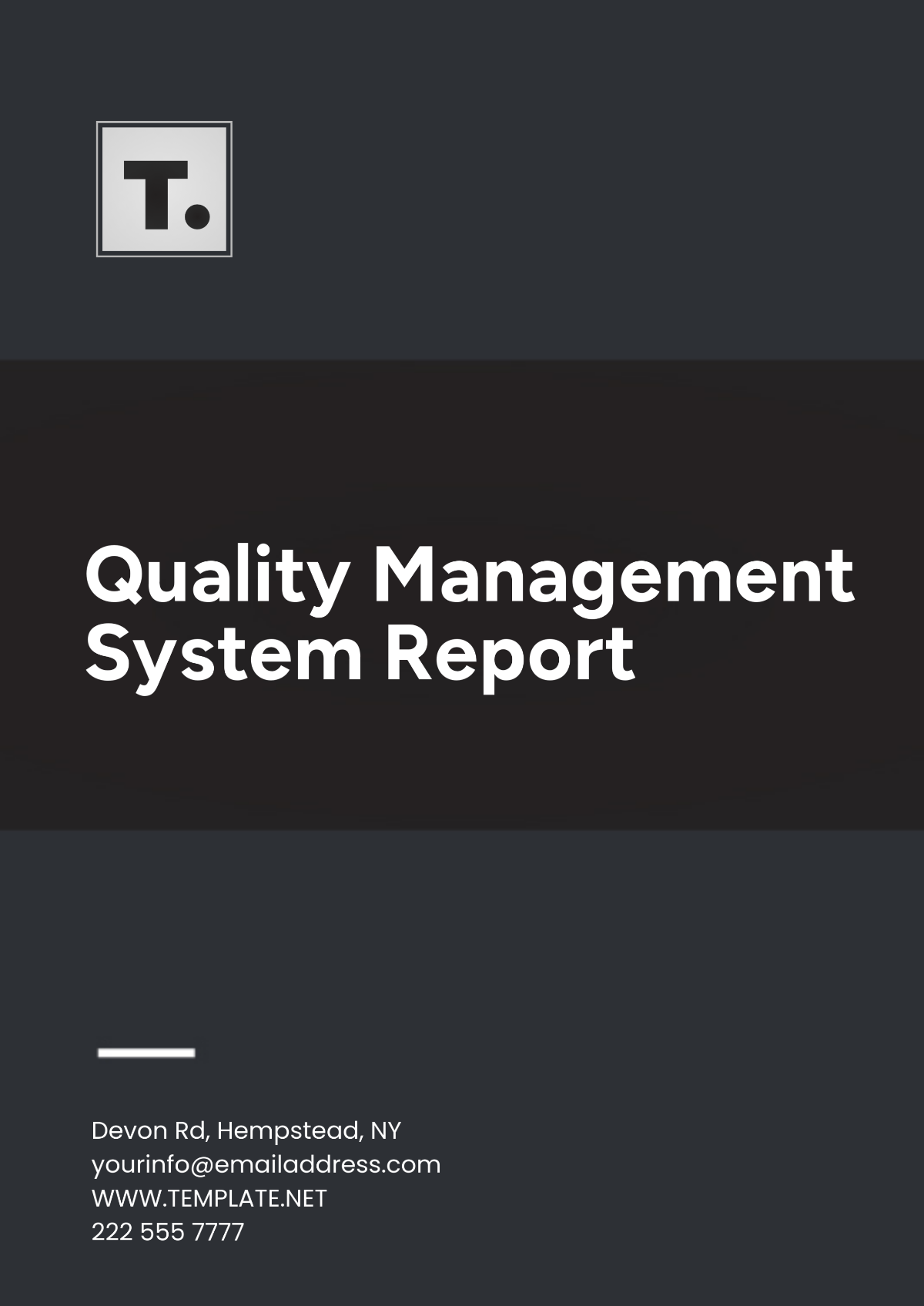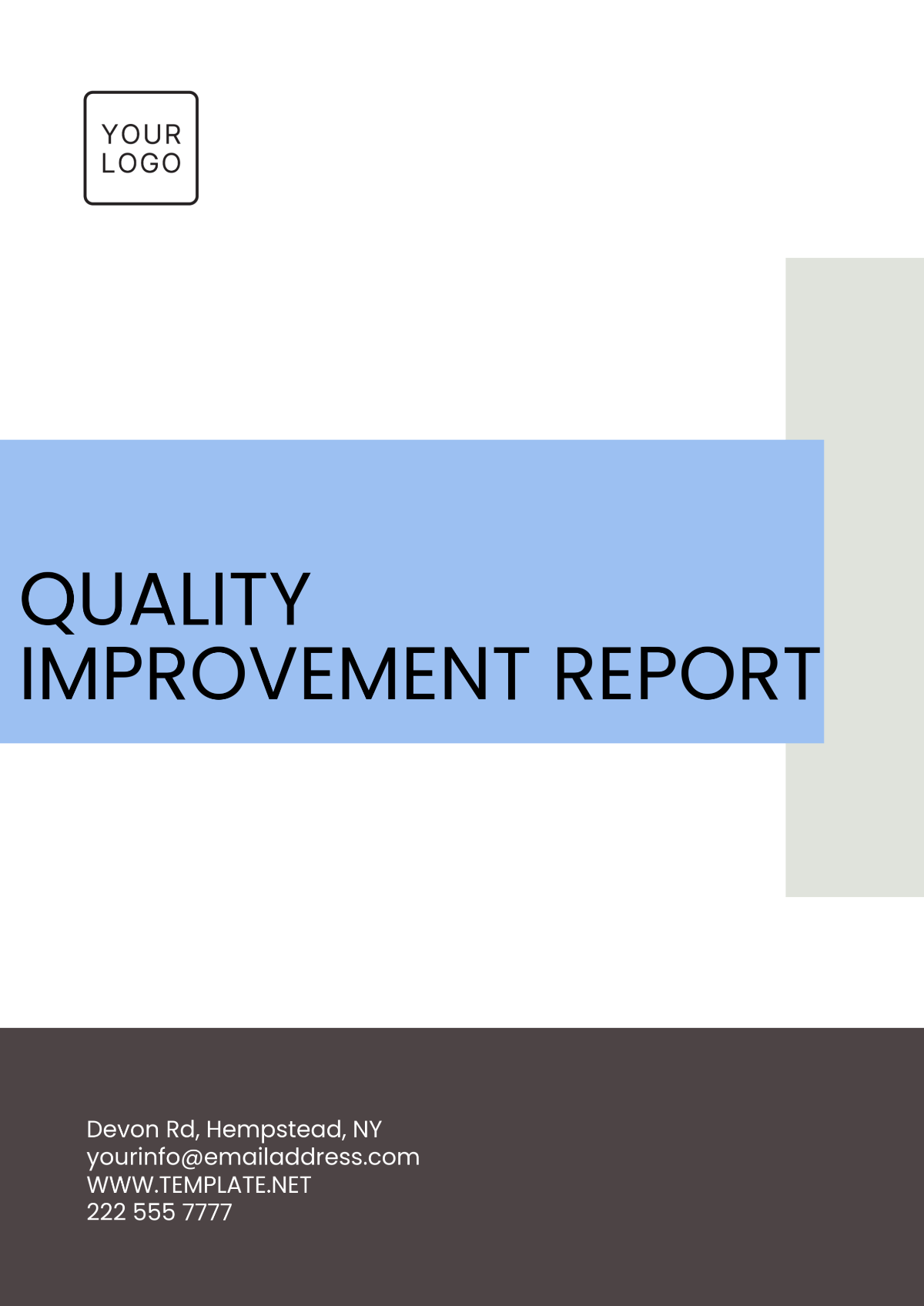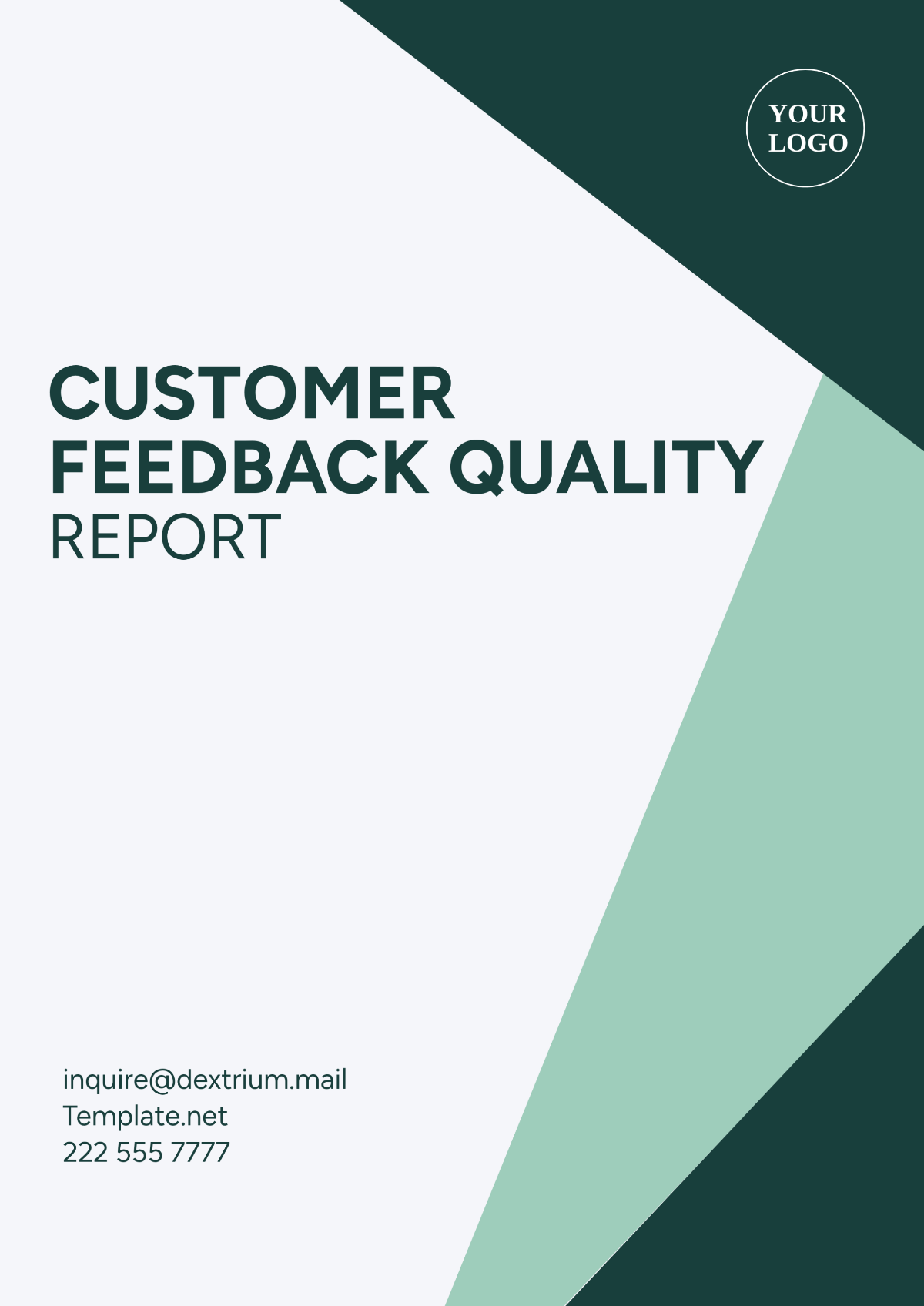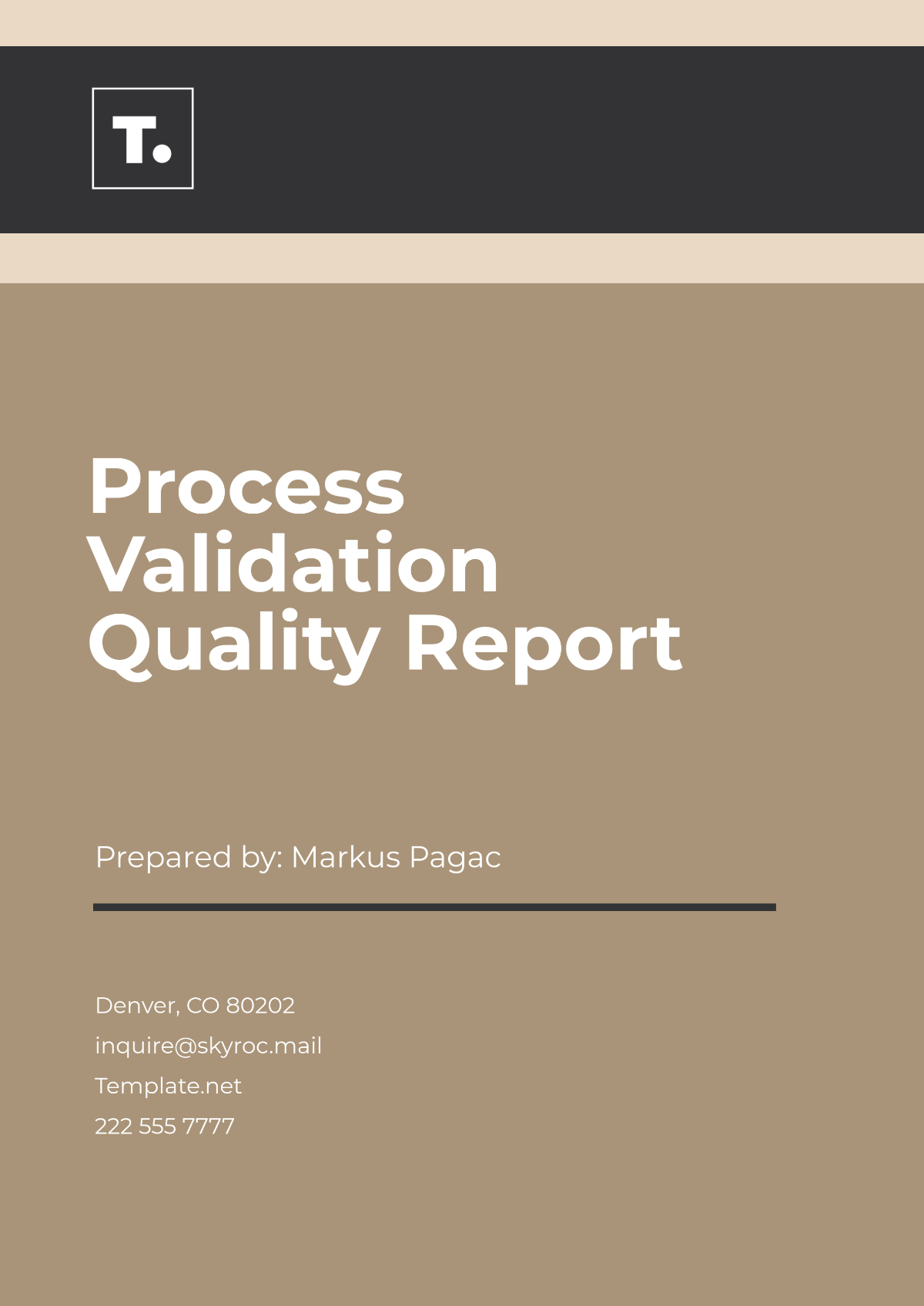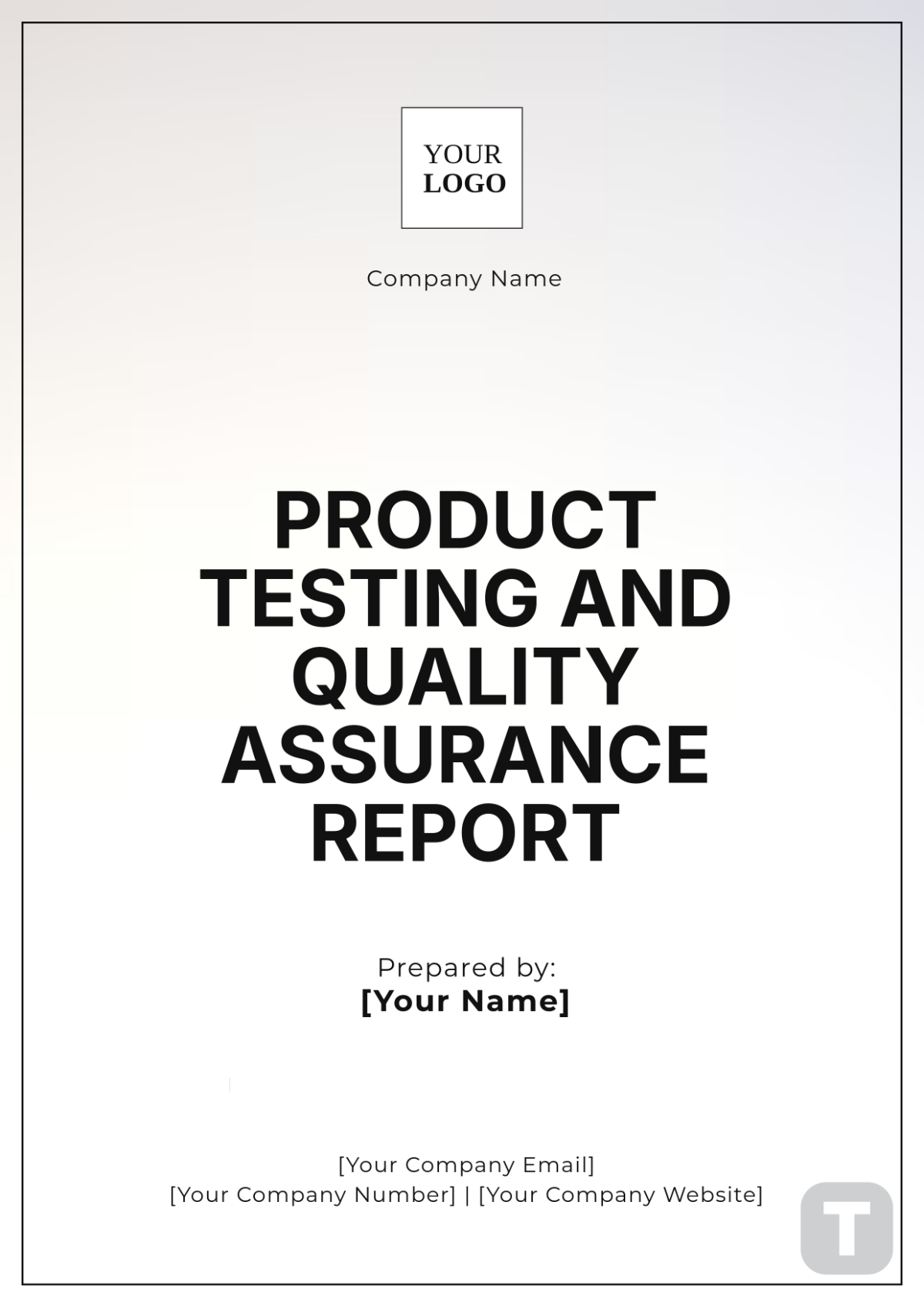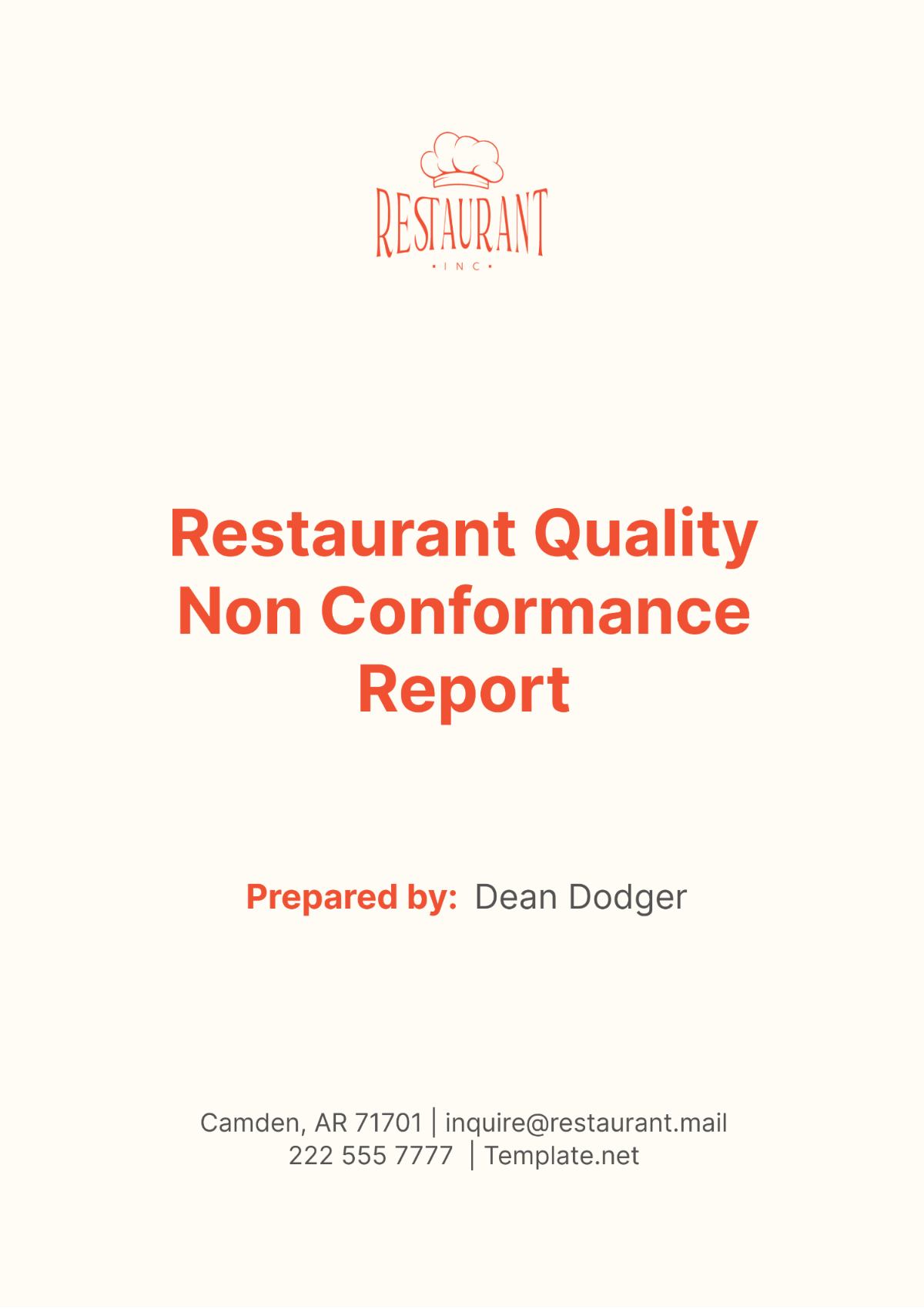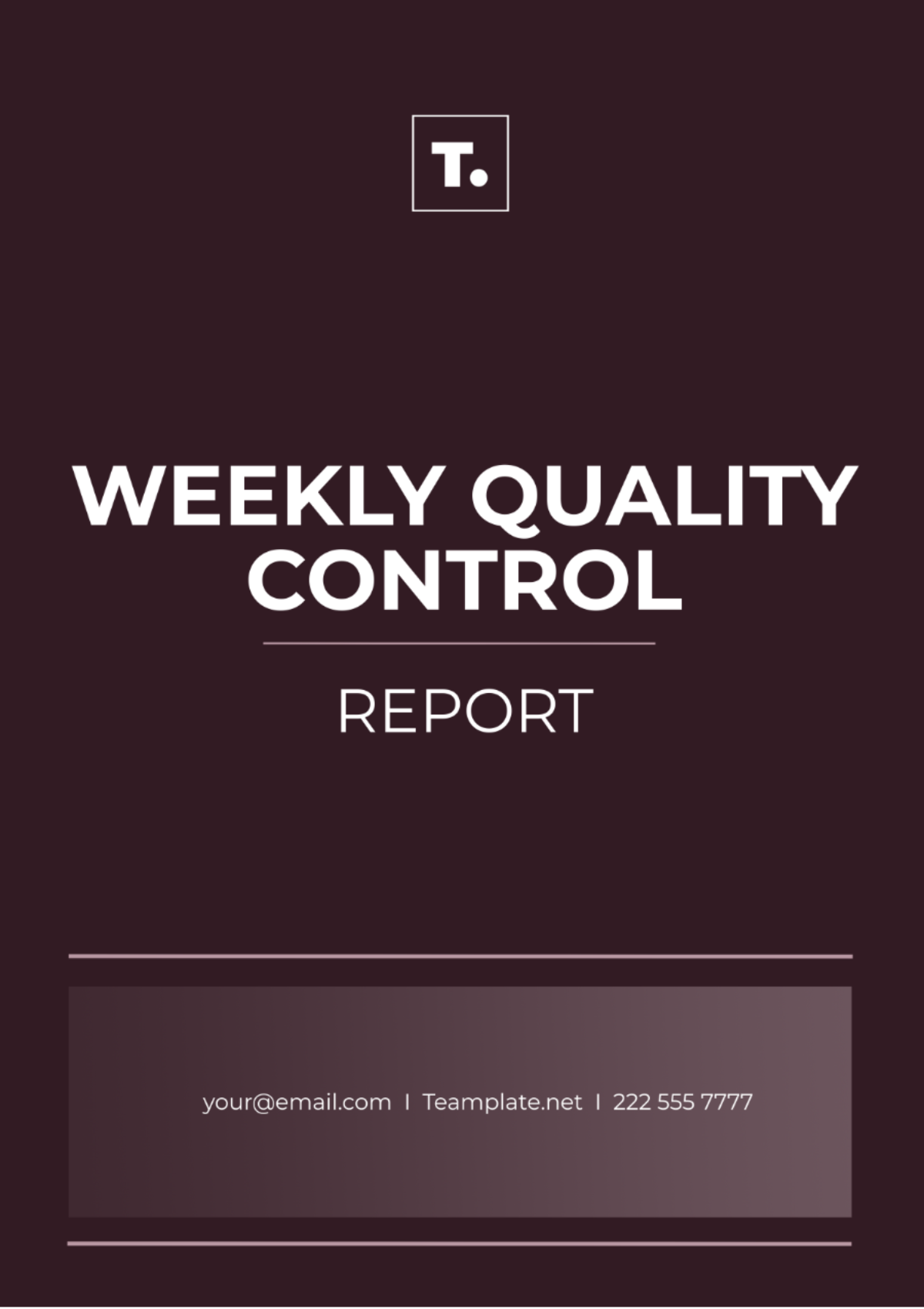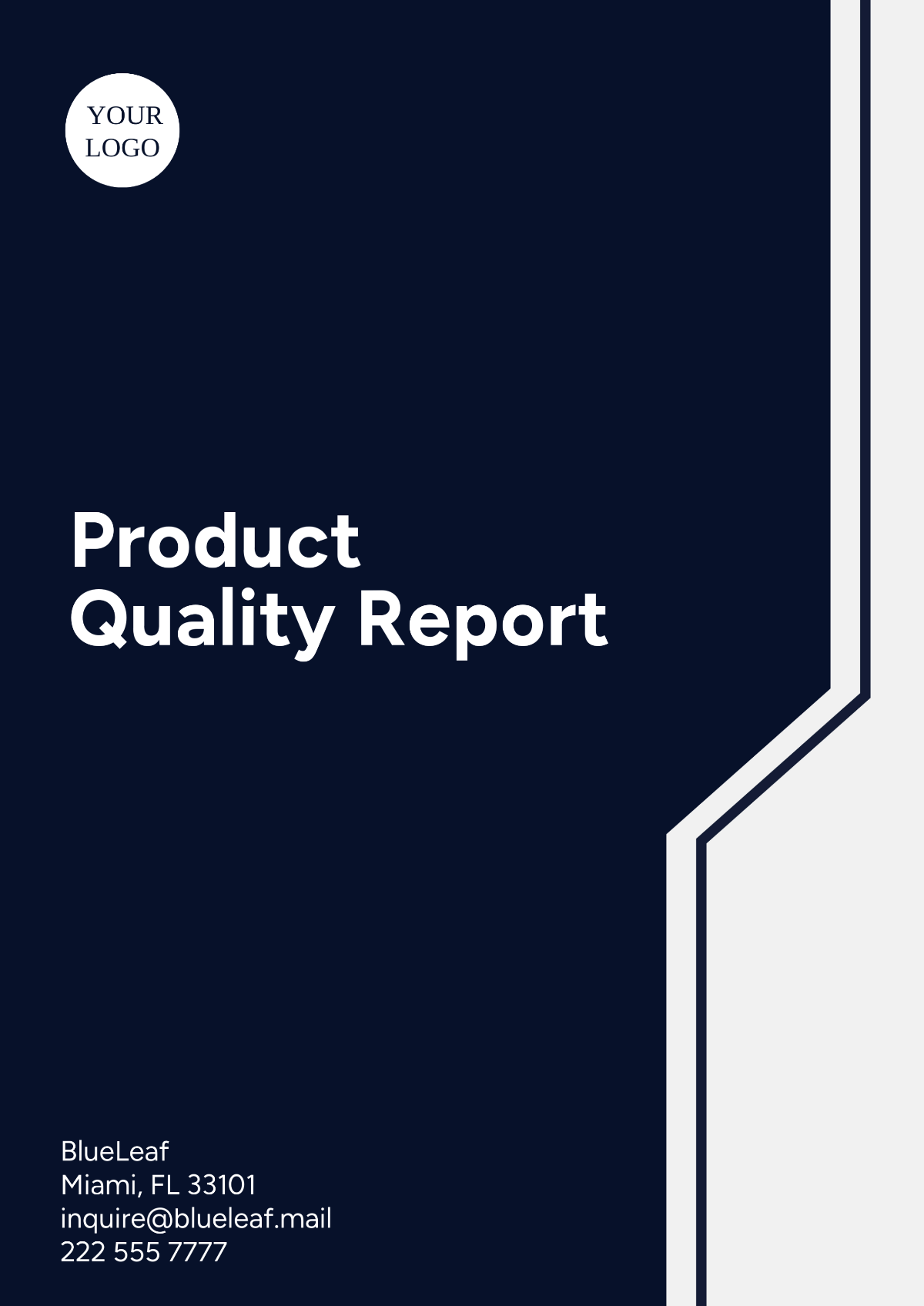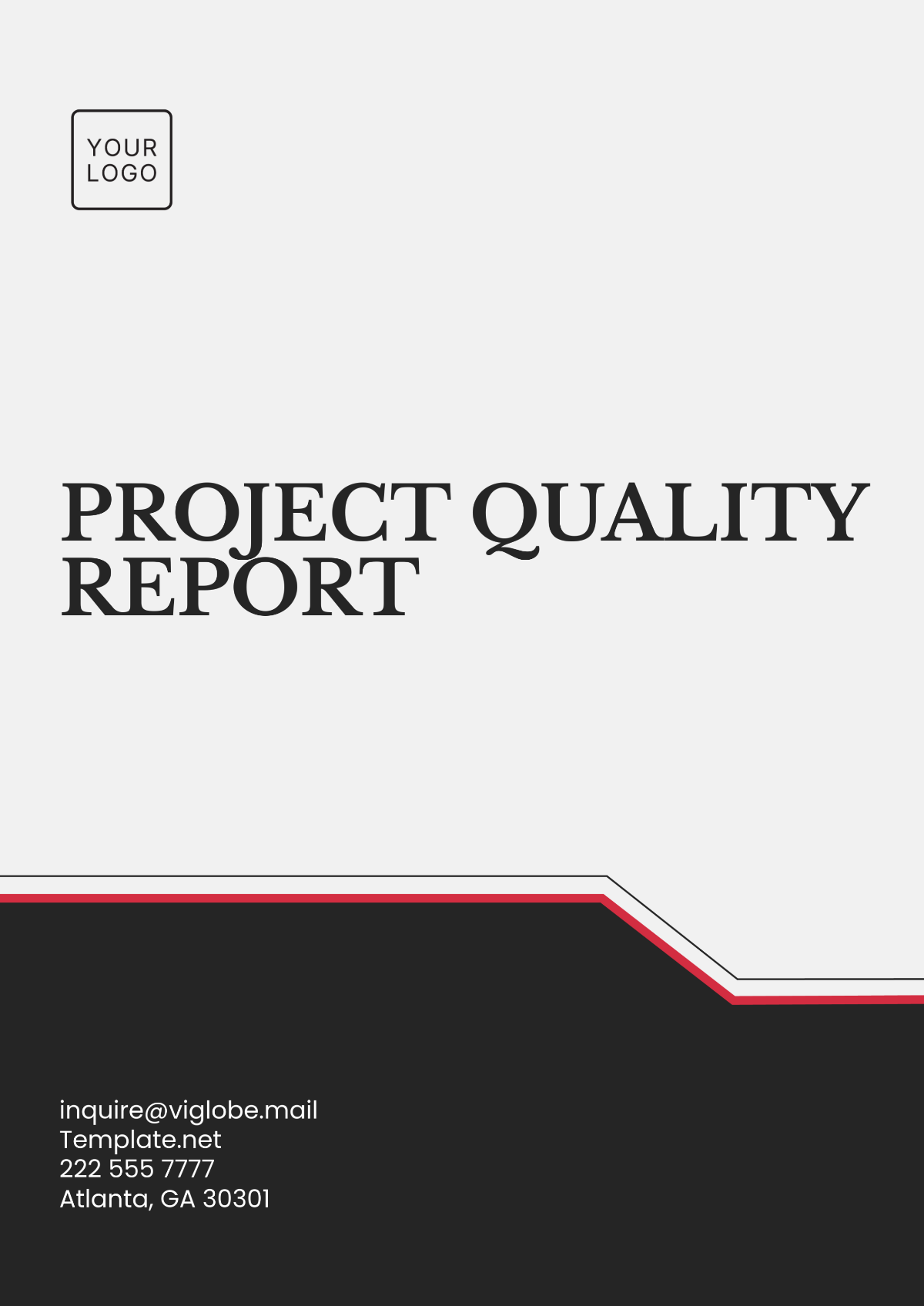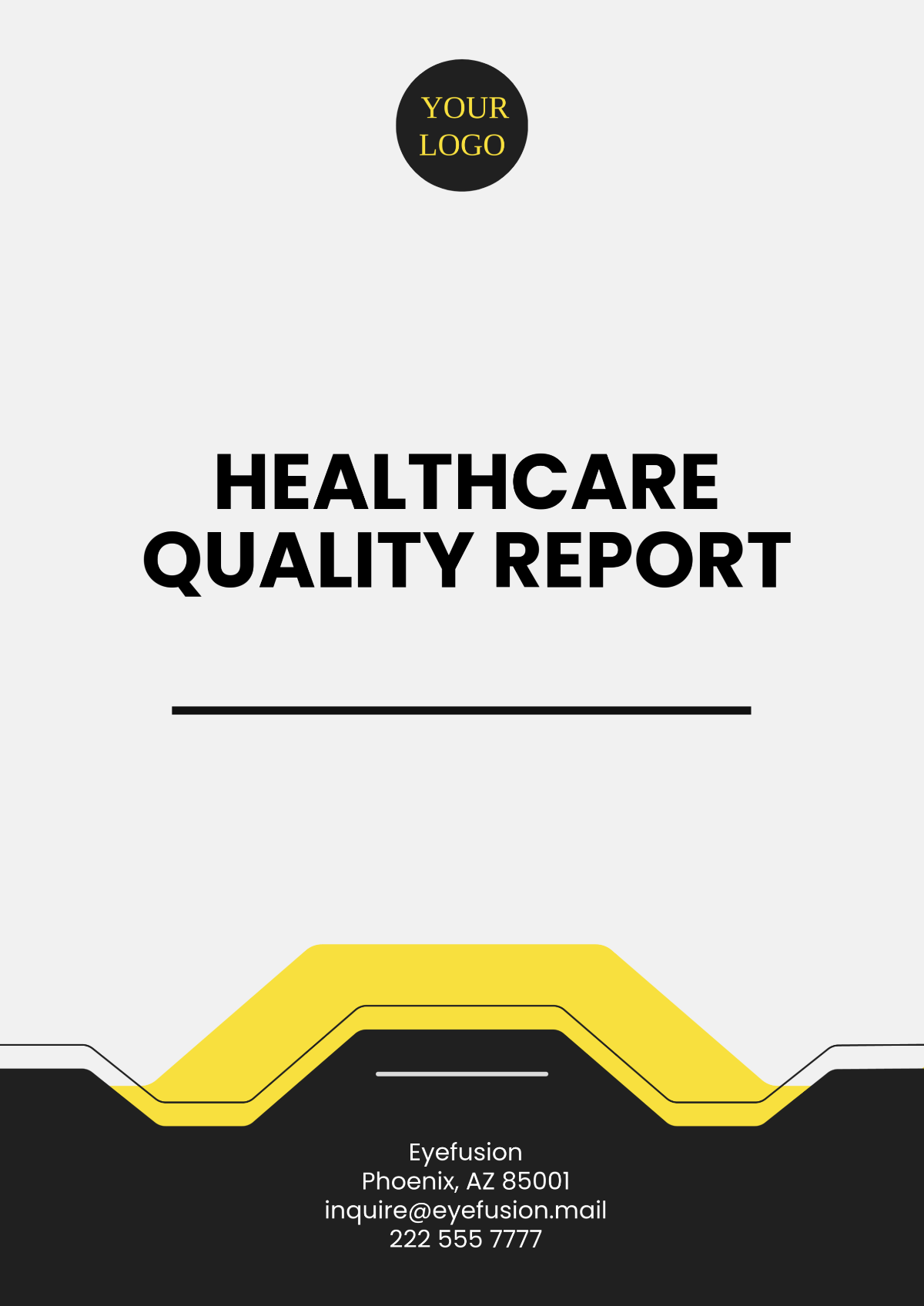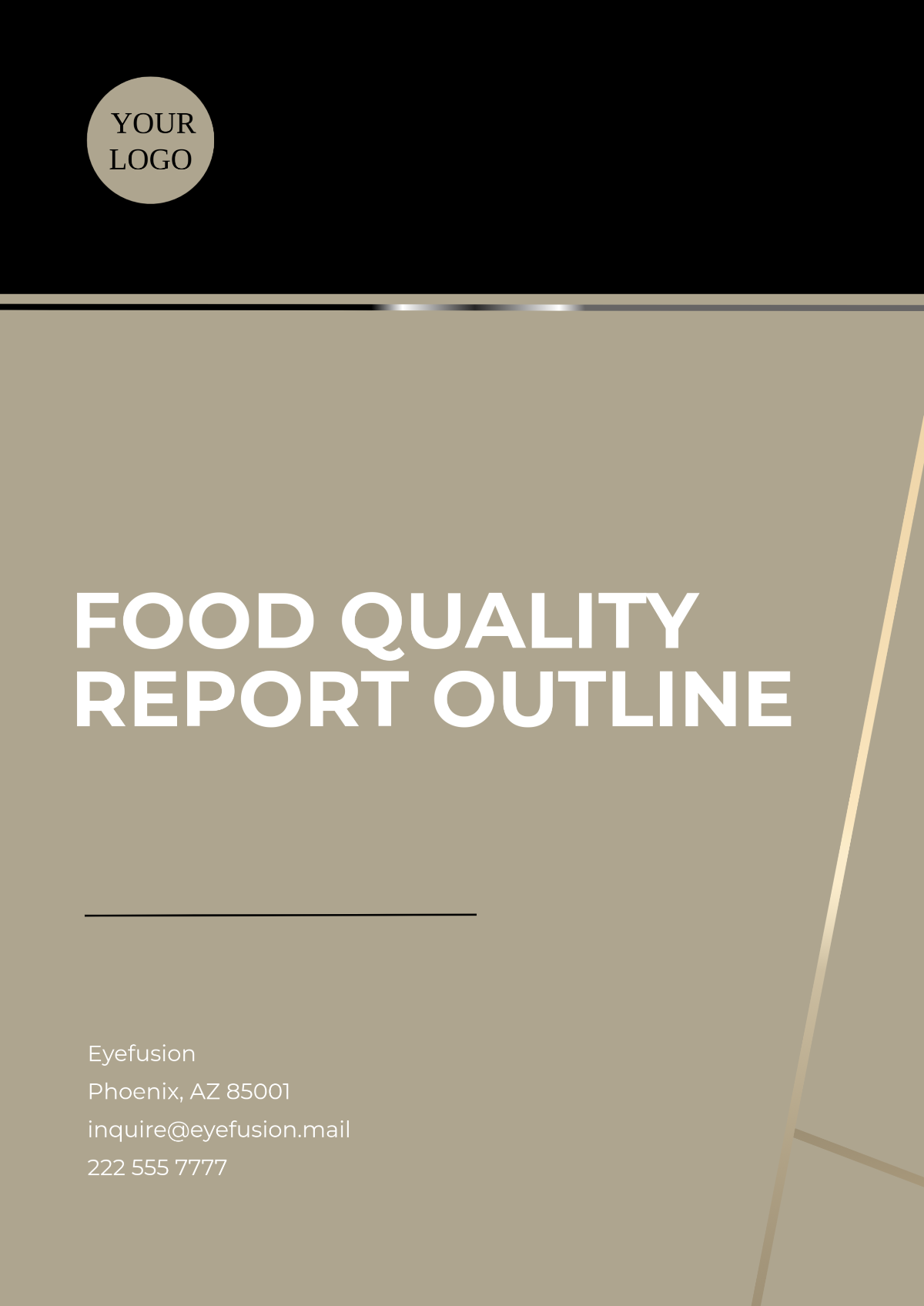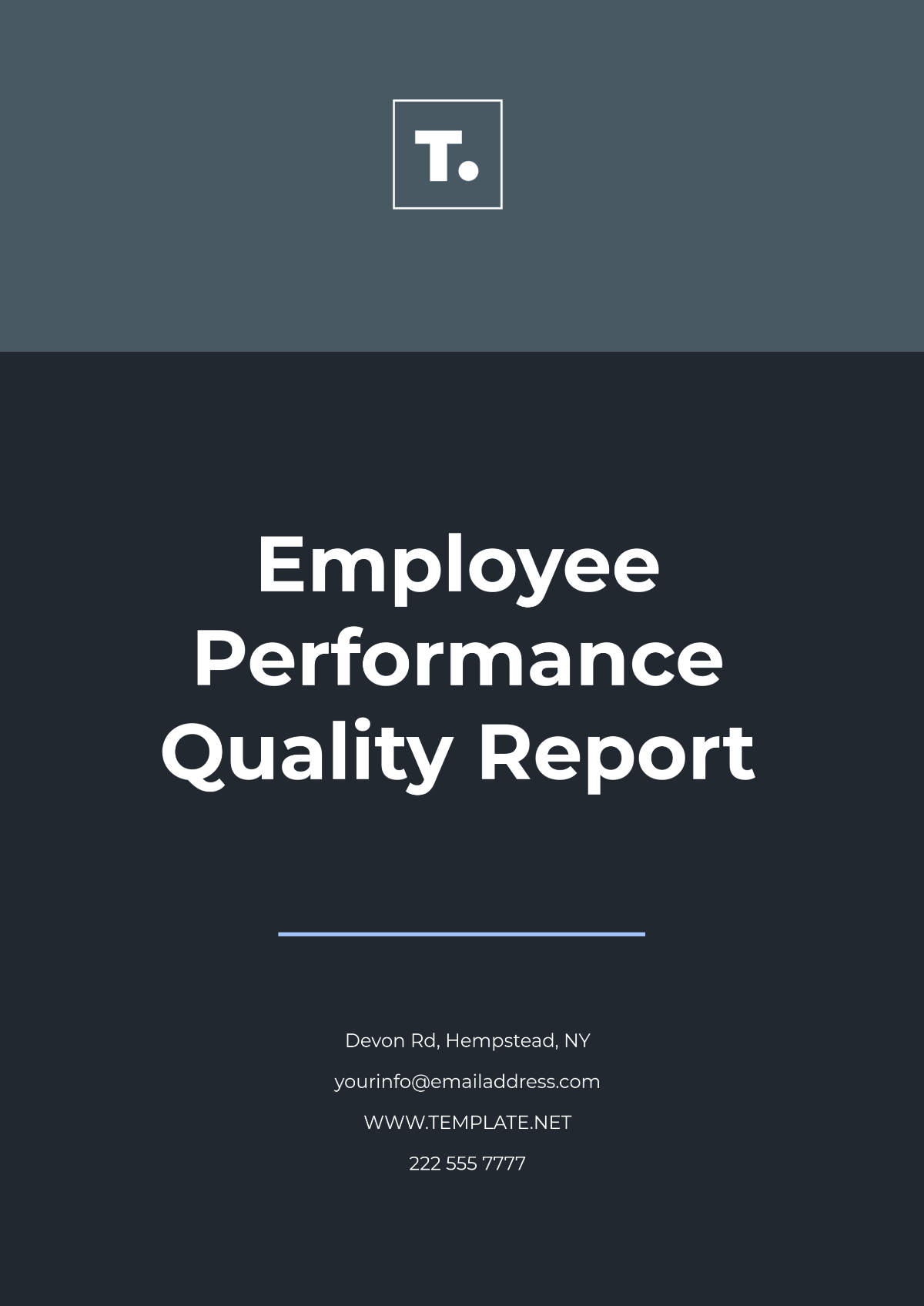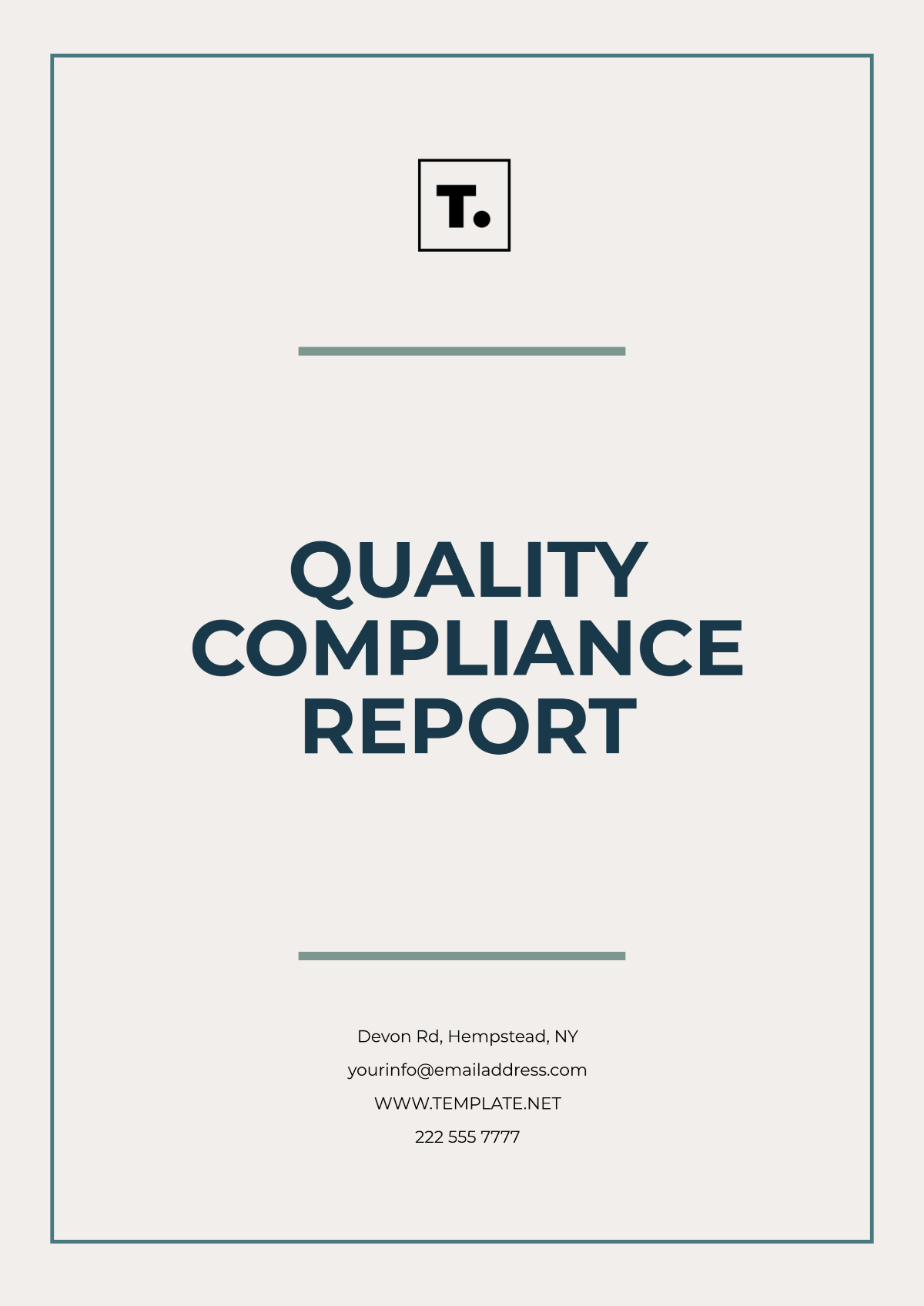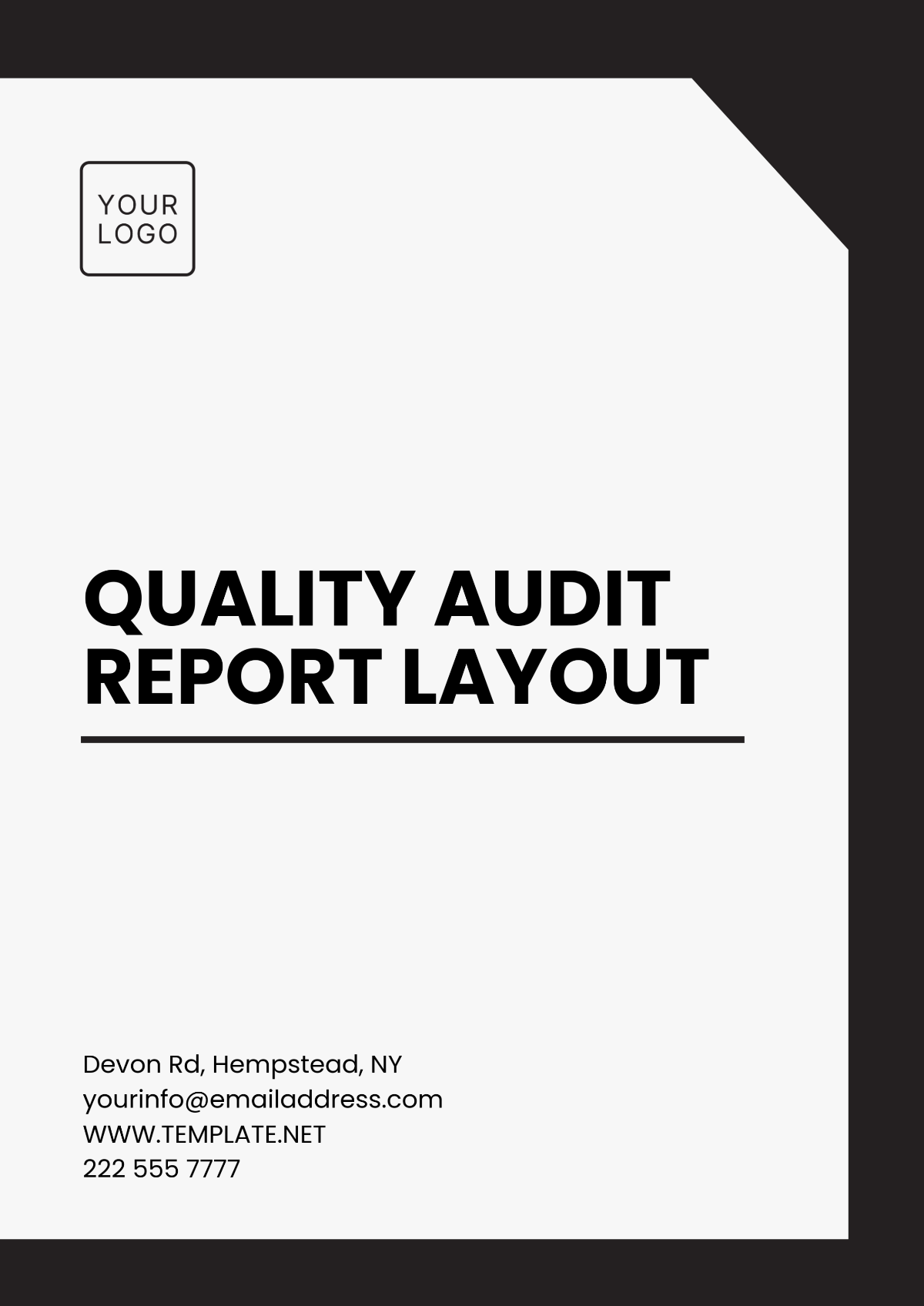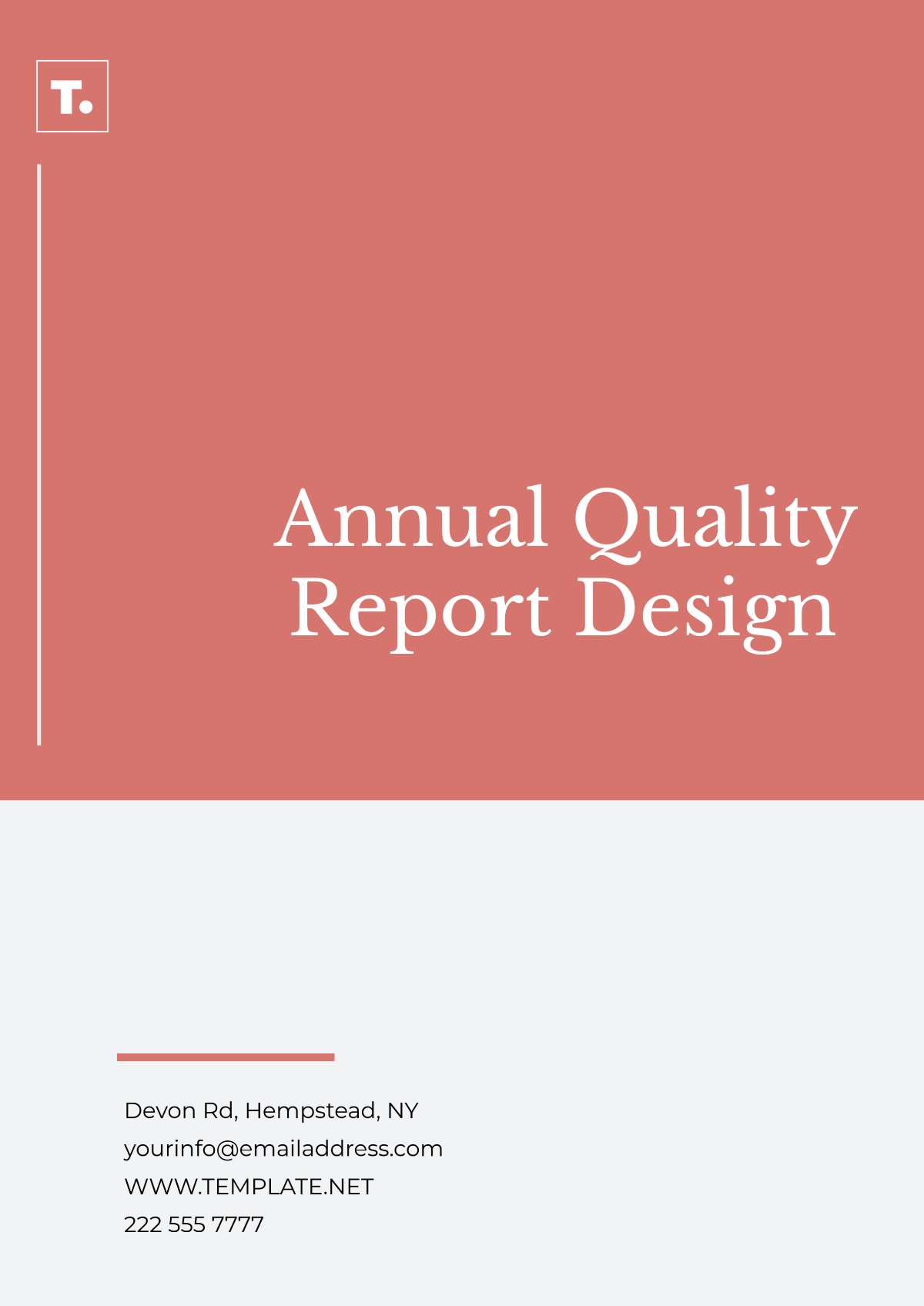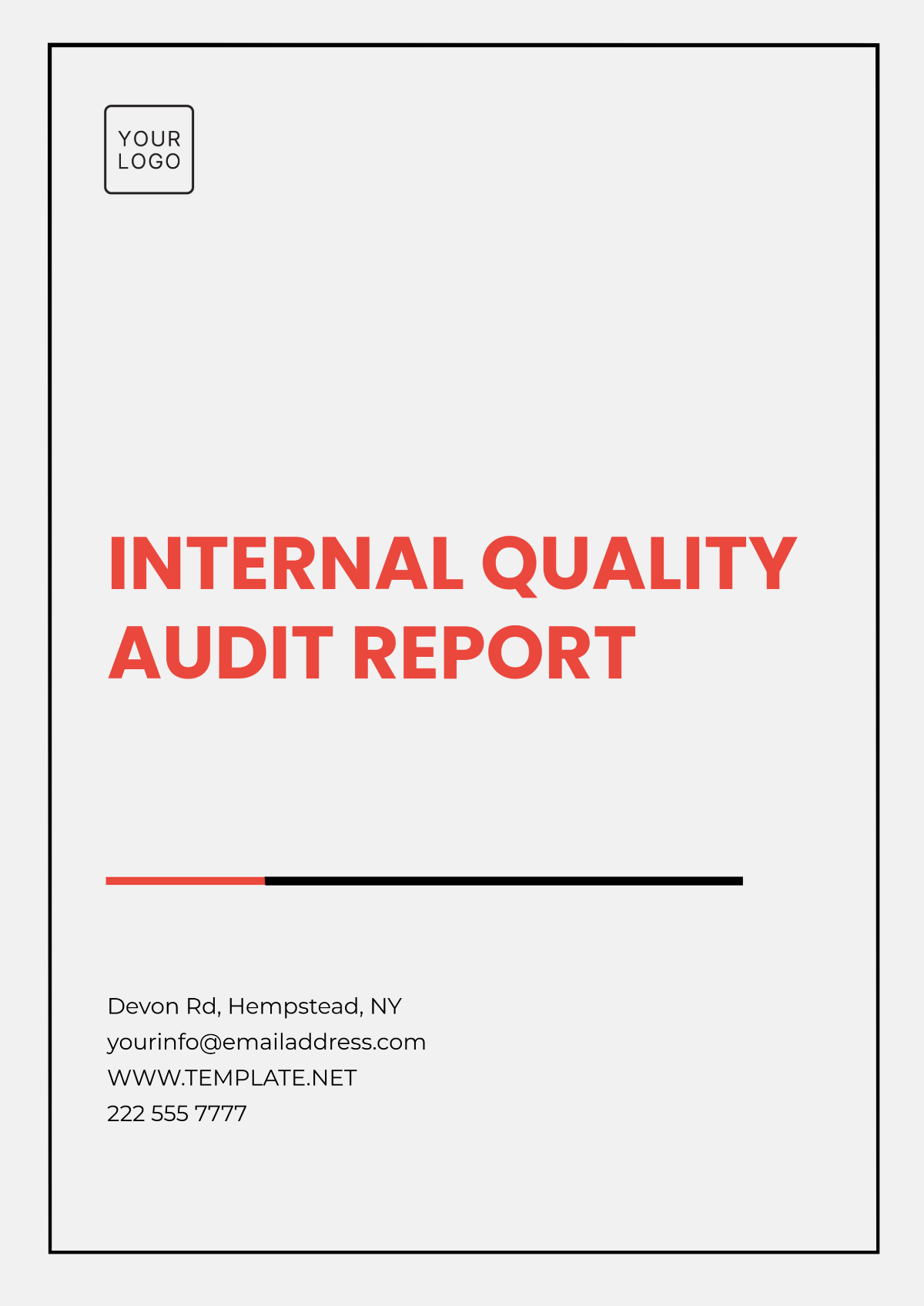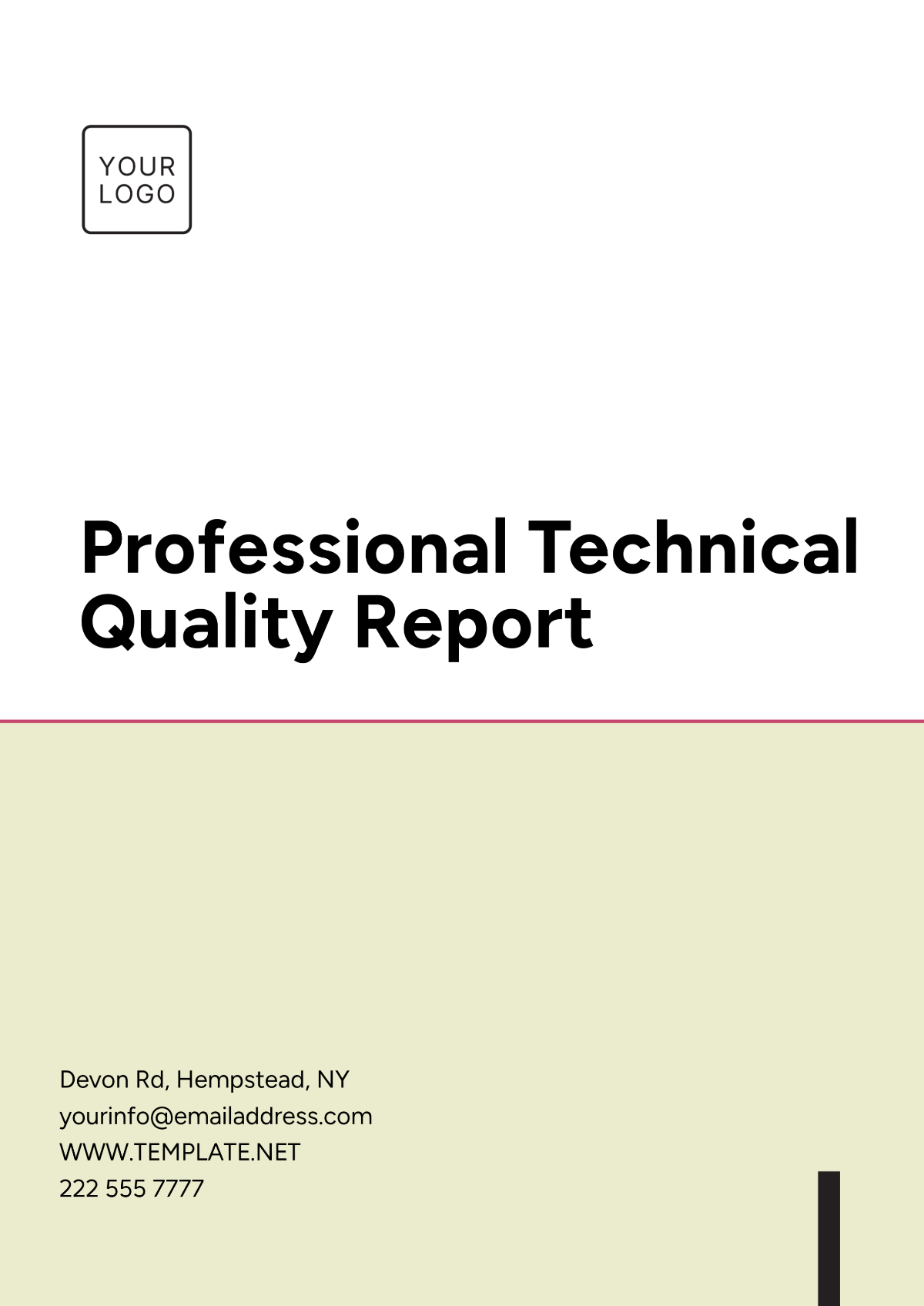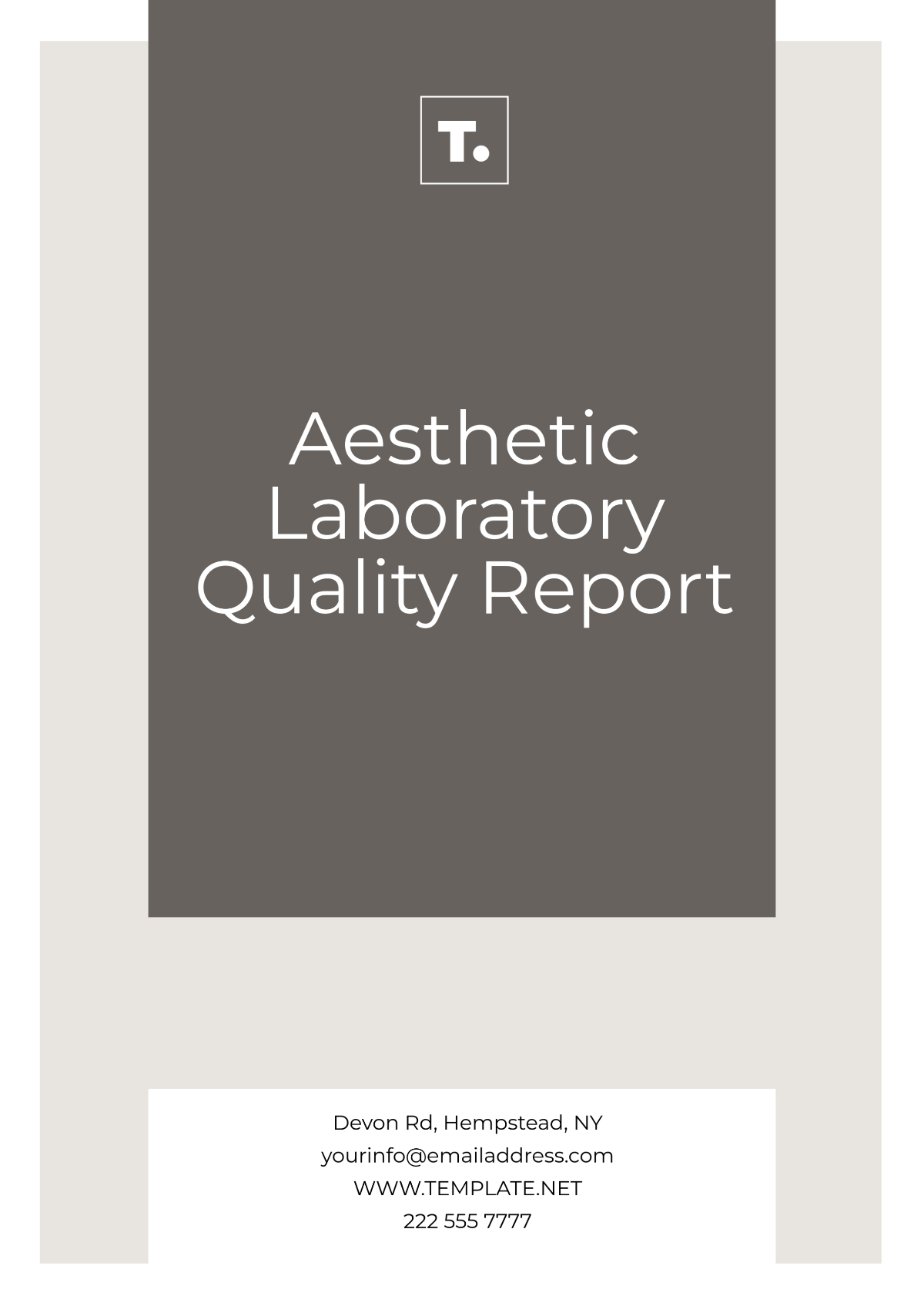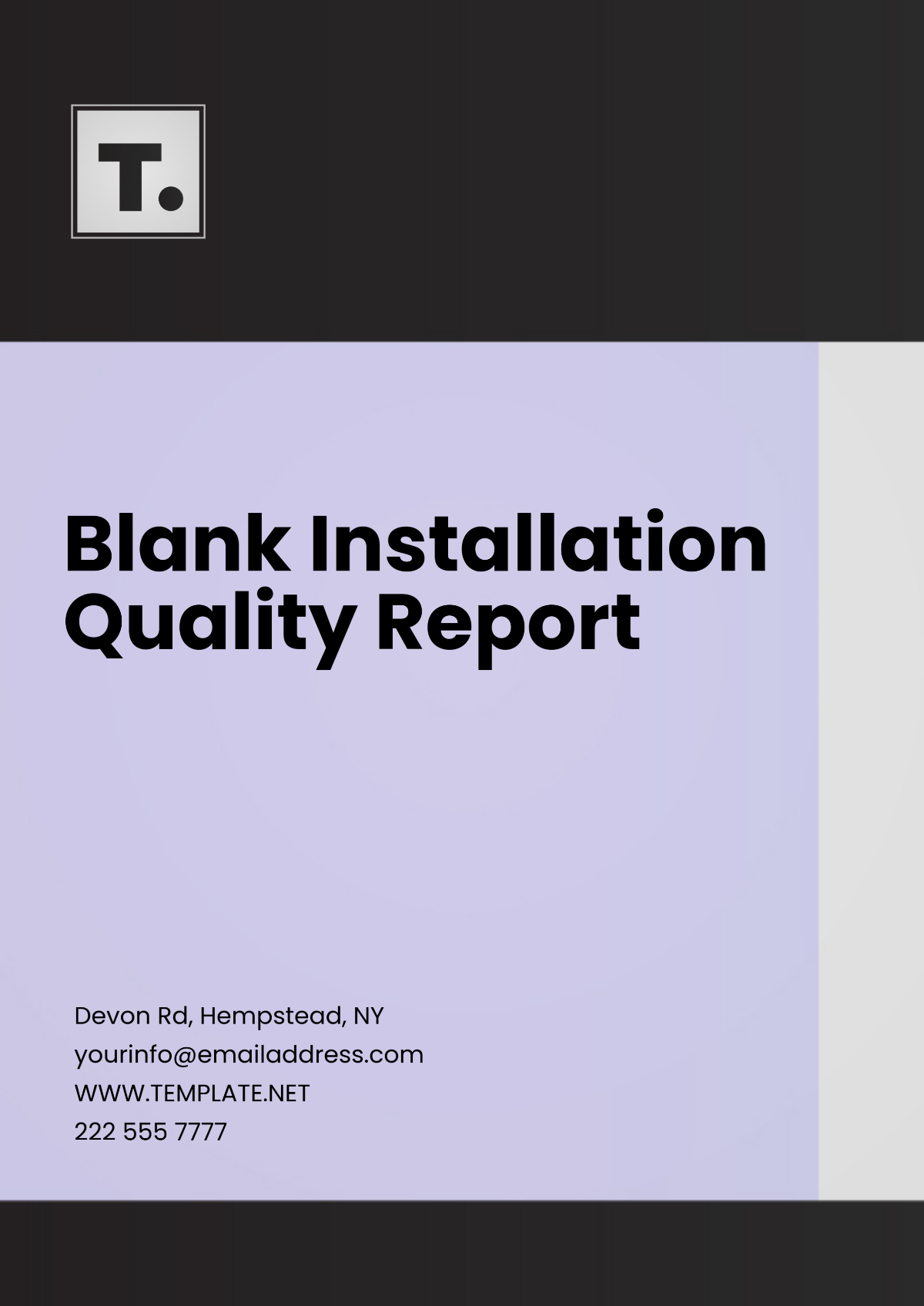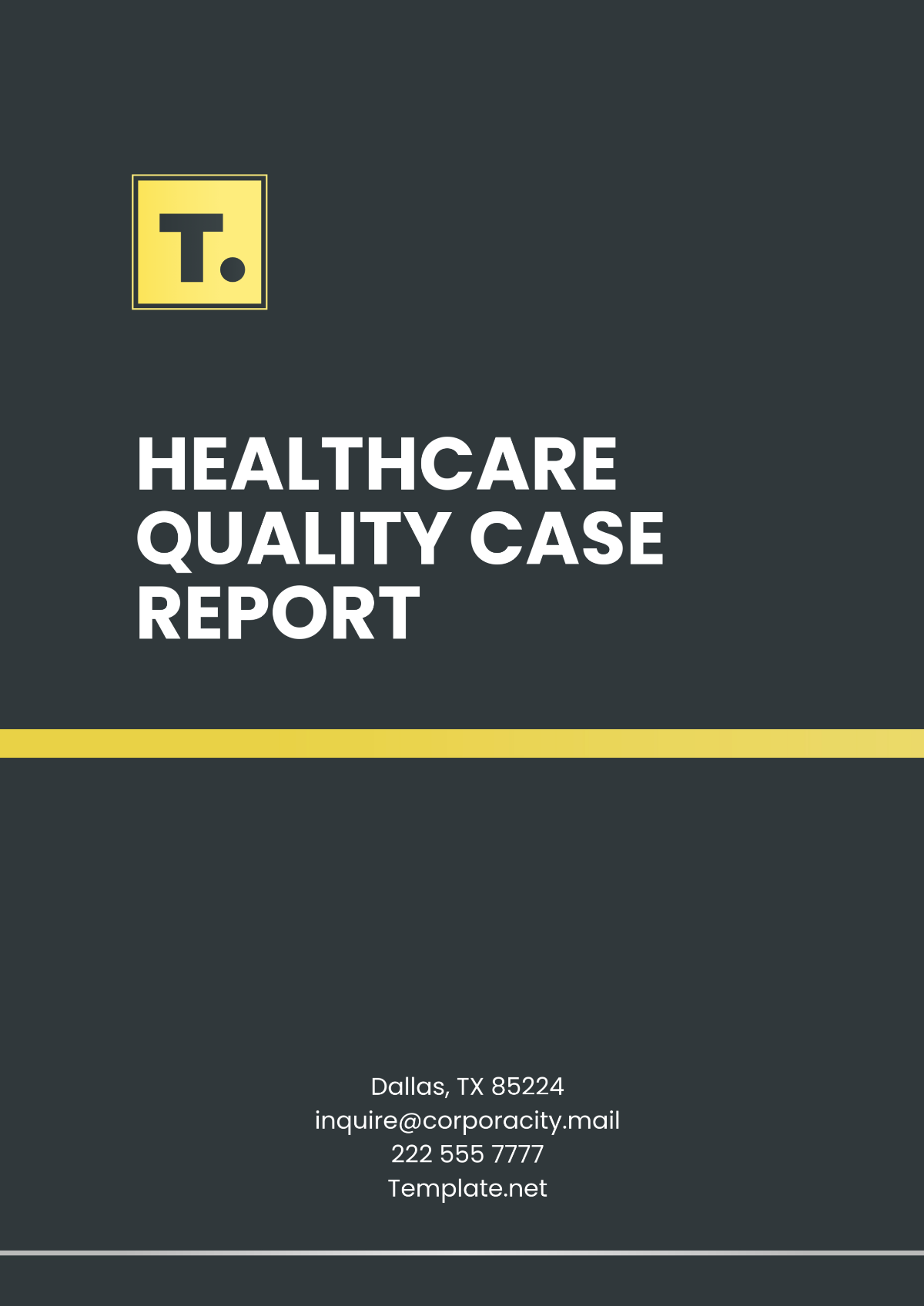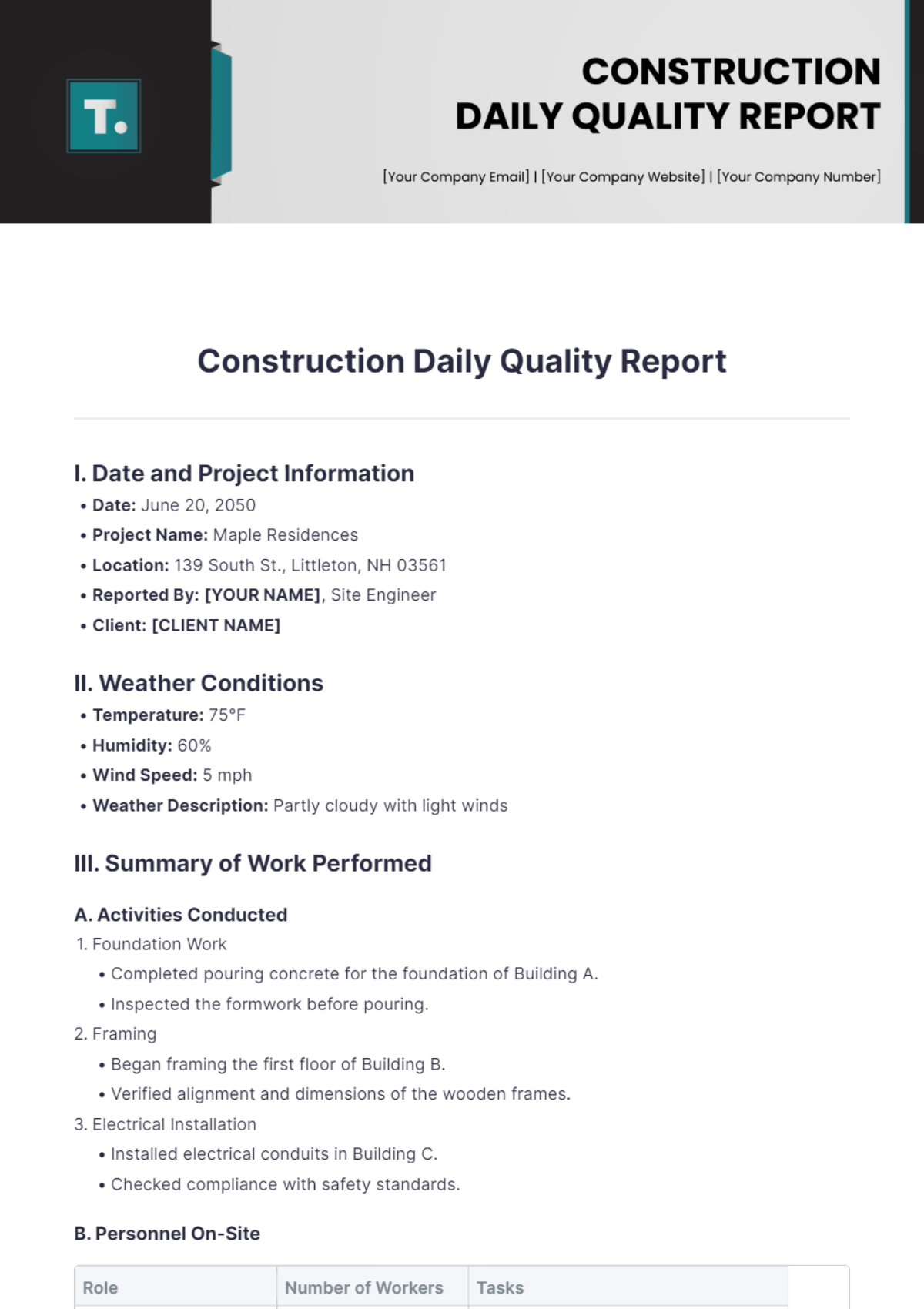Professional Technical Quality Report
Introduction
The objective of this report is to provide a comprehensive analysis of the technical quality of the systems currently implemented by the organization. This report will delve into the various aspects of technical quality, including performance, security, scalability, and maintainability. The findings will be structured using a hierarchical format to ensure clarity and ease of understanding.
System Performance
Performance Metrics
The performance of a system is crucial for ensuring efficient operation and user satisfaction. Key performance metrics considered in this report include response time, throughput, and resource utilization. Data was gathered through monitoring tools and analyzed to identify any potential bottlenecks or inefficiencies.
Metric | Description | Value |
|---|---|---|
Response Time | The time taken to respond to a request | 200 ms |
Throughput | The number of requests handled per unit time | 500 requests/second |
Resource Utilization | The percentage of system resources in use | 75% |
Analysis
The analysis indicates that while the system is performing within acceptable limits, there is room for improvement in response time, which could be optimized by refining code execution paths and implementing caching strategies.
System Security
Security Measures
Security is a paramount concern in any technical architecture. The current system implements several security measures, including encryption, access controls, and network security protocols.
Encryption: Data is encrypted using AES-256 encryption standards.
Access Controls: role-based access controls are in place to restrict unauthorized access.
Network Security: Firewalls and intrusion detection systems are actively monitoring network traffic.
Vulnerability Assessment
The vulnerability assessment revealed that although the system is generally secure, some components require updates to mitigate recent vulnerabilities discovered in third-party libraries.
System Scalability
Scalability Testing
Scalability testing was conducted to evaluate the system's ability to handle increased load. The testing involved simulating varying workloads and measuring system performance.
Test Results
Test Scenario | Load | Response Time |
|---|---|---|
Normal Load | 500 users | 220 ms |
Peak Load | 1000 users | 450 ms |
Stress Test | 2000 users | 800 ms |
Conclusion on Scalability
The system demonstrates a robust capability to scale under increased loads, although improvements in database indexing could further enhance scalability.
System Maintainability
Code Quality
Maintainability is heavily influenced by the quality of code. This report evaluates code quality based on readability, consistency, and complexity.
Readability: The code is well-commented, enhancing understanding.
Consistency: Naming conventions and coding standards are adhered to throughout the codebase.
Complexity: The cyclomatic complexity is within acceptable limits but can be further reduced with refactoring.
Maintenance Strategies
Current maintenance strategies include regular code reviews, automated testing, and documentation updates. These strategies are effective but could be supplemented by additional training sessions for the development team to foster best practices continuously.
Conclusion
In conclusion, the technical quality of the current system is satisfactory but has several areas for potential improvement. Enhancements in system performance, security updates, scalability optimization, and maintainability can significantly boost overall quality. Recommendations include adopting more advanced caching solutions, ensuring timely security updates, optimizing database queries, and implementing continuous integration for automated code checks.
